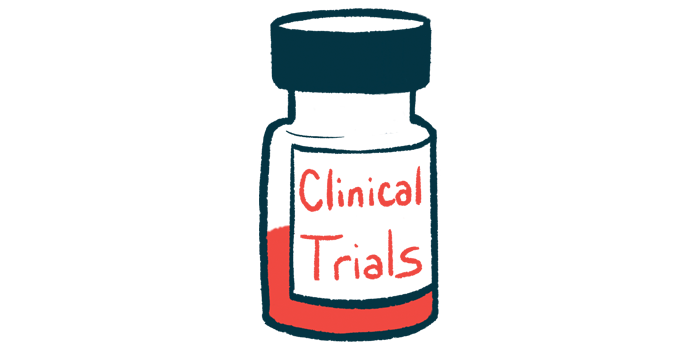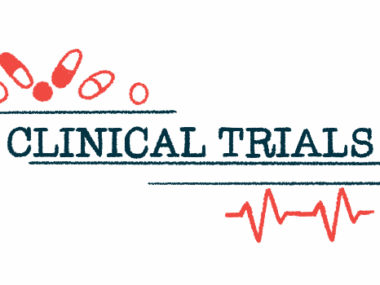Glioblastoma treatment lucicebtide well tolerated in clinical trial
Data support therapy's potential use alone or in combination, Sapience says
Written by |

Data from a clinical trial show the experimental treatment lucicebtide has so far been well tolerated in people with glioblastoma, an aggressive type of glioma, a form of brain cancer.
Trial data also indicate that the therapy is working as expected and that it may help delay cancer progression.
That’s according to data that Sapience Therapeutics, the therapy’s developer, shared at the American Society of Clinical Oncology’s annual meeting, held May 29-June 2 in Chicago and online, in a presentation titled, “Lucicebtide (ST101) improves outcomes in glioblastoma patients by antagonism of C/EBP[beta]-dependent mesenchymal cell transition and immunosuppressive M2 macrophage polarization.”
“These updated results reinforce lucicebtide’s compelling clinical and safety profile, and support its potential to serve as a standalone therapy or in combination with existing treatments,” Abi Vainstein-Haras, MD, chief medical officer of Sapience, said in a company press release.
Glioblastoma is caused by the uncontrolled growth of brain cells called astrocytes. Lucicebtide, formerly known as ST101, is designed to block the activity of C/EBPbeta, a protein that helps to regulate the genetic activity of cells. According to Sapient, blocking this protein is expected to simultaneously inhibit signals that promote cancer cell survival and encourage immune cells to attack the cancer.
Safety data
An ongoing Phase 1/2 clinical trial (NCT04478279) is testing lucicebtide in people with glioblastoma and other types of solid tumors. In the study, newly diagnosed glioblastoma patients are treated with lucicebtide in combination with standard treatments including radiation and the anticancer medicine temozolomide (sold as Temodar and generics). Patients with recurrent glioblastoma, where the cancer has come back after early lines of treatment, are treated with lucicebtide alone.
The trial’s main goal is to evaluate lucicebtide’s safety. Common safety issues reported include infusion reactions, vomiting, and increases in levels of creatinine, a marker of kidney damage, according to Sapience.
Data from nine patients with newly diagnosed glioblastoma show that, with follow-up periods ranging from 10 months to more than two years, six patients are still alive, and five of them have yet to experience disease progression.
In nine patients with recurrent glioblastoma, four showed signs of disease control, including two partial responses (meaning the tumor got smaller). Three of the recurrent glioblastoma patients were still alive as of the latest follow-up.
“The growing body of data from this Phase 2 study, which demonstrate a marked progression free and overall survival benefit, continue to support that lucicebtide could serve as a well-tolerated, meaningful addition to the [glioblastoma] treatment paradigm,” said neurologist Fabio Iwamoto, MD, a study investigator at New York-Presbyterian/Columbia University Irving Medical Center. “I look forward to deepening our understanding of the potential for lucicebtide to improve outcomes and offer hope to patients for whom limited alternatives exist.”
Biomarker data from the ongoing study indicate that lucicebtide is able to enter the brain and activate immune cells to attack glioblastoma cancer cells, according to Sapience.
“The opportunity to collect biopsies in this patient population gave us a unique opportunity for biomarker analysis to demonstrate the meaningful effects of lucicebtide,” said Vainstein-Haras.
Overall, the data so far indicate that lucicebtide “represents a new and promising therapeutic approach” for glioblastoma treatment, the researchers said in the presentation.







